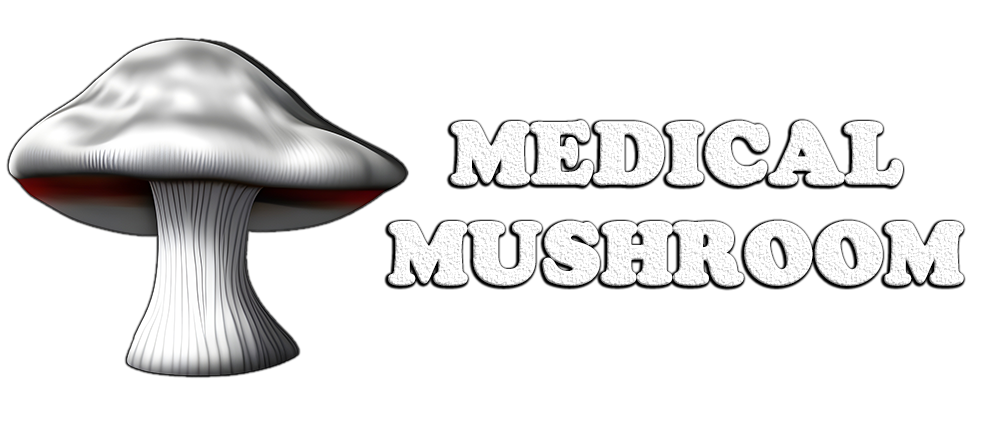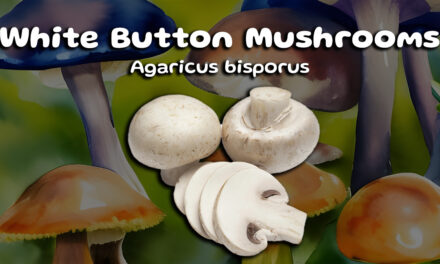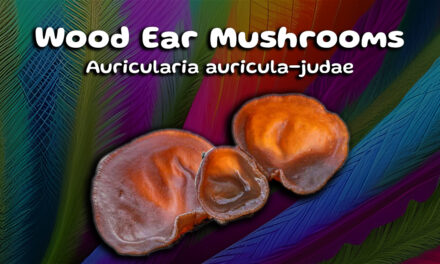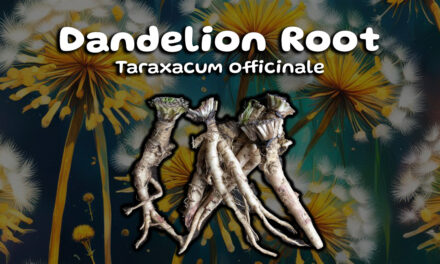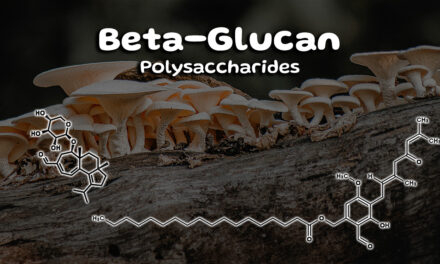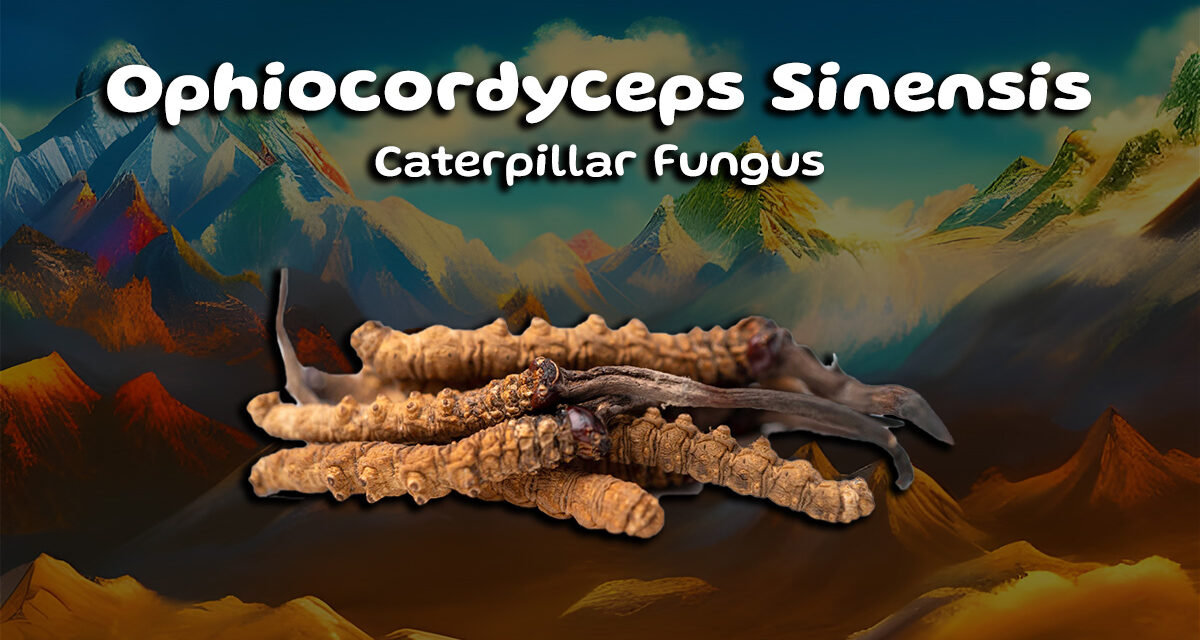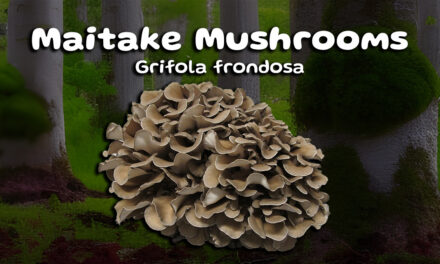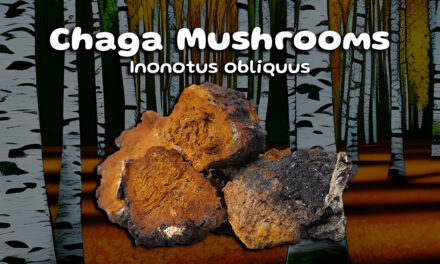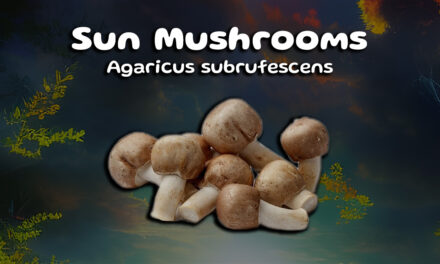If you’re looking for another natural supplement that can help boost your wellbeing, then Ophiocordyceps Sinensis mushrooms are worth a look! These mushrooms have been used for centuries in Traditional Chinese Medicine and are believed to have a host of benefits for the body. In this article, we will delve into the history, health benefits, cultivation, and forms of Ophiocordyceps Sinensis mushrooms, as well as their side effects and precautions. By the end of this article, you will have a better understanding of why Ophiocordyceps Sinensis mushrooms are considered one of the best natural supplements for overall health.
Introduction to Ophiocordyceps Sinensis Mushrooms
Ophiocordyceps Sinensis mushrooms, also known as cordyceps sinensis and caterpillar fungus, are a type of fungus that grow primarily in the mountainous regions of Tibet, Nepal, and China. They have a long history of use in Traditional Chinese Medicine, where they are believed to have a wide range of health benefits. The mushroom is parasitic and grows on the larvae of insects, primarily the ghost moth. The fungus eventually kills the larvae and then grows out of the insect’s body, forming a long stalk-like structure.
Ophiocordyceps Sinensis mushrooms have a distinct nutty and slightly sweet flavor with a fungi aroma, which is why they are often used in soups, teas, and other traditional Tibetan dishes. These mushrooms are incredibly rare, and are ever increasing in popularity, and are a major source of income for Tibet.
History and Origin of Ophiocordyceps Sinensis Mushrooms
The use of Ophiocordyceps Sinensis mushrooms dates back over 2,000 years in Traditional Chinese Medicine. The first recorded use of the mushroom was during the Tang Dynasty (618-907 AD). It was used to treat a variety of ailments, including fatigue, respiratory problems, and kidney disease. It was also believed to increase energy, stamina, and libido.
In the past, Ophiocordyceps Sinensis mushrooms were rare and expensive, and only the wealthy and elite could afford to use them. However, with advances in cultivation and harvesting techniques, the mushroom has become more widely available and affordable.
Health Benefits of Ophiocordyceps Sinensis Mushrooms
Ophiocordyceps Sinensis mushrooms are known for their numerous health benefits. One of the most significant benefits is their ability to increase energy and stamina. The mushroom contains adenosine, a molecule that helps to produce energy in the body. It also contains cordycepin, a compound that aids in the production of ATP, which is essential for energy production.
The mushroom is also believed to have anti-inflammatory and antioxidant properties. These properties can help to reduce inflammation in the body and protect against oxidative stress, which can lead to chronic diseases such as cancer and heart disease.
Ophiocordyceps Sinensis mushrooms are also believed to improve respiratory function. They contain compounds that can help to dilate the bronchial tubes, which can improve lung function and reduce the symptoms of asthma and other respiratory conditions.
The mushroom is also believed to have anti-aging properties. It contains compounds that can help to reduce the signs of aging, such as wrinkles and fine lines. It also contains antioxidants that can protect against damage caused by free radicals, which can accelerate the aging process.
How Ophiocordyceps Sinensis Mushrooms are Cultivated and Harvested
Ophiocordyceps Sinensis mushrooms are challenging to cultivate and harvest, which is why they are still relatively rare and expensive. The mushroom grows on the larvae of insects, primarily ghost moths. As the larvae grows into a caterpillar, and gets close to death due to the fungus, it reaches typically near the surface and a stalk of the fungus then grows out of the insect’s body usually it’s head.
To cultivate Ophiocordyceps Sinensis mushrooms, farmers must first collect the larvae of the ghost moth. They then introduce the spores of the mushroom to the larvae and wait for the fungus to grow. The process can take several months, and the yield can be unpredictable.
Forms of Ophiocordyceps Sinensis Mushrooms – Powder, Capsules, and Extracts
Ophiocordyceps Sinensis mushrooms are sold in various forms, including powders, capsules, and extracts. The powdered form is the most common and is often used in soups, teas, and other supplements. The capsules are a convenient way to take the mushroom, and the extracts are highly concentrated and can be used in small doses.
When purchasing Ophiocordyceps Sinensis mushrooms, it is essential to buy from a reputable source. The quality of the mushroom can vary, and some products may not contain the full range of health benefits. There are also many fake products out there, due to the more rare nature of these mushrooms, so be careful when buying.
Side Effects and Precautions of Ophiocordyceps Sinensis Mushrooms
Ophiocordyceps Sinensis mushrooms are generally safe to consume and do not have any significant side effects. However, some people may experience mild digestive issues, such as bloating or diarrhea. It is important to start with a small dose and gradually increase to avoid any adverse effects.
Ophiocordyceps Sinensis mushrooms may also interact with certain medications, such as blood thinners and immunosuppressants. It is essential to speak with a healthcare provider before taking Ophiocordyceps Sinensis mushrooms if you are taking any medications.
